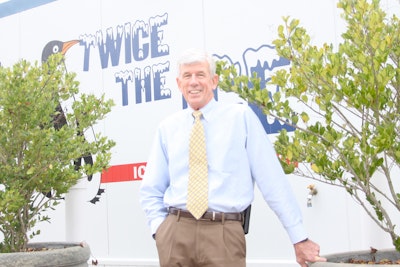
Spartanburg, South Carolina, residents love frozen. No, not the Disney movie. They’re big fans of Spartanburg Water’s ice houses — the automated vendors that provide bagged ice created from treated water.
Spartanburg Water operates 12 ice houses at strategic locations; three...






